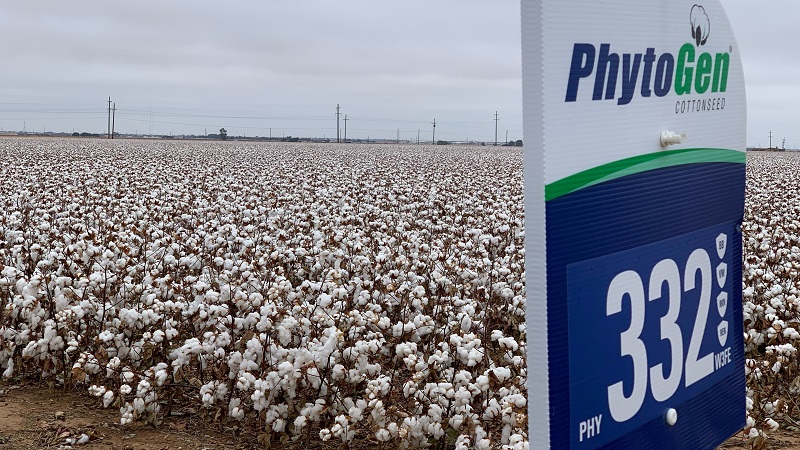The To-Do List: Policy, Transparency, Hedging
The ICAC, in cooperation with The World Bank, organized a seminar on “Cotton Price Volatility: Transparency of Cotton Supply and Use and Trade Policies,” on February 8, 2011 (for more information, visit www.ICAC.org). The topics of discussion included the reasons behind cotton price volatility and the impacts they were having on the industry.
Of particular interest was the third session, in which Joe O’Neil, chairman of the Cotton Committee with the Intercontinental Exchange (ICE), said ICE believes that opportunities for future trading result in lower volatility through hedging mechanisms. He emphasized the need for more transparency in data on over-the-counter trading and better physical data to improve decision-making. Experts agreed that market participants need to make greater use of hedging instruments. There was also agreement that the facilitation of hedging, perhaps through greater education of producers and spinners on the use of hedging instruments, would be helpful. It was noted, however, that there are not always stable relationships between futures prices and domestic prices in many countries, limiting the utility of hedging instruments in many cases.
Public and Private Leadership Needed
Going forward, the industry needs enhanced transparency, predictable government policies, higher yields to boost production and alleviate tight stocks, and increased access to hedging mechanisms. The ICAC will take the following steps in that effort:
• Encourage countries to improve and standardize reporting on cotton supply and use, especially ending stocks. All participants in the cotton industry can show leadership on this issue by advocating that governments and industry associations around the world do a better job of statistical reporting. Companies can also lead by participating in surveys of production, consumption and stocks when such data are requested. Common use of metric measures would help the cotton industry to speak one language of statistics that everyone could understand.
• Work to inform all governments on the need for predictable and transparent policies. However, leadership from the private sector is needed in this area as well. Governments often intervene in markets in response to requests from segments of their own cotton value chains that are seeking economic advantage by shielding inefficiency behind government policies. There have been notable improvements in the efficiency of trade in cotton textiles and clothing since the ending of the Multifibre Arrangement (MFA) in 2005, and industry players and trade associations that are seeking to take the cotton value chain backward through requests to governments for trade protection deserve harsh rebuke. Some countries that have benefited the most from the elimination of MFA quotas are now among those involved in the most severe forms of trade disruption.
• Collaborate with The World Bank to deliver training about hedging mechanisms in markets that do not currently have access to them. However, more than training is needed. The ICE Number 2 cotton contract often does not function as a useful hedging instrument for many growths, and there is a growing sense that either a new ICE contract to complement the Number 2 contract is needed to allow for non-U.S. delivery, or the Number 2 contract needs to be amended to allow for more delivery options. Much creativity and industry leadership will be needed to ensure the continued viability of financial instruments useful to cotton industry hedging.








